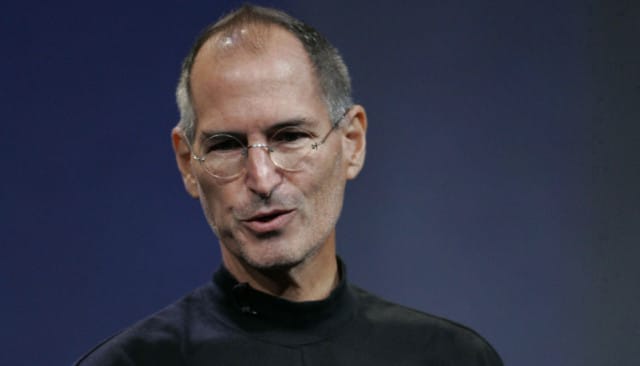
Apple (NSDQ: AAPL) has made a subtle change to iOS app terms that grants proprietors two inducements to offer subscription content.
The terms announced in February had stipulated: “Apps can read or play approved content … [1] provided that the same content is also offered in the app using in-app payment [2] at the same price or less than it is offered outside the app“. This would have compelled proprietors both to invite new in-app subscriptions that match or undercut their own prices and to give Apple a 30 percent cut.
But, as MacRumors noticed, a revision has now removed the stipulation. What is the effect… ?
- This formally mandates the kind of arrangement already being struck with Apple in recent weeks by publishers like *Time* Inc, who are granting iPad reading access to subscribers they have signed up themselves, but who are not taking new subscriptions through iPad.
- For publishers who do want to take in-app subscriptions but who baulk at the 30 percent cut, the terms revision may also be read as allowing them to mark up the iPad price, above and beyond their own rate, in order to absorb Apple’s commission.
This is not a major about-turn from Apple – many still consider the 30 percent rate excessive, the lack of subscriber data disappointing and the ban on linking out of apps to a web subscription page, which remains in place, prohibitive.
“The changes to the Apple’s T&C’s are great because it shows that they’re listening to publishers, but I still have great concerns around selling subscriptions through the apps channel,” Rob Grimshaw, MD of FT.com, told paidContent today. “You still don’t have the freedom to sell subscriptions the way you want to.”
But, with the final June 30 deadline looming before which content owners must either comply or fly from iOS, this is a sticking plaster over a clear disincentive, making it slightly more likely some content owners may come aboard.
It means, for example, Netflix (NSDQ: NFLX) could either only grant iPad access to existing subscribers or could take new iPad subscriptions priced over and above its standard $7.99 monthly charge in order to make up Apple’s take.
It’s widely known that unlimited music service providers operate on margins slim enough that they don’t have 30 percent of their subscription fee to give away. They could now hike their iOS fees.
Book services get a specific mention in the revised terms: “Apps that link to external mechanisms for purchases or subscriptions to be used in the app, such as a “buy” button that goes to a web site to purchase a digital book, will be rejected.” The terms refer to subscription operators of “specifically magazines, newspapers, books, audio,
music, and video”.
Unlike *Time* Inc., The Financial Times this week told paidContent it won’t demote its iPad app to a read-only iPad edition without the ability to subscribe – a compromise that is a kind of no-win all-round, as far as exploiting the amazing tablet opportunity goes.
Instead, despite the FT’s iPad app contributing a tenth of its new digital subscriptions last year, it is urging its subscribers to switch away to a new web-based app, in case it deletes its iOS app in a stalemate with Apple.
The terms also included a new restriction on DUI-avoiding apps, which we covered yesterday.